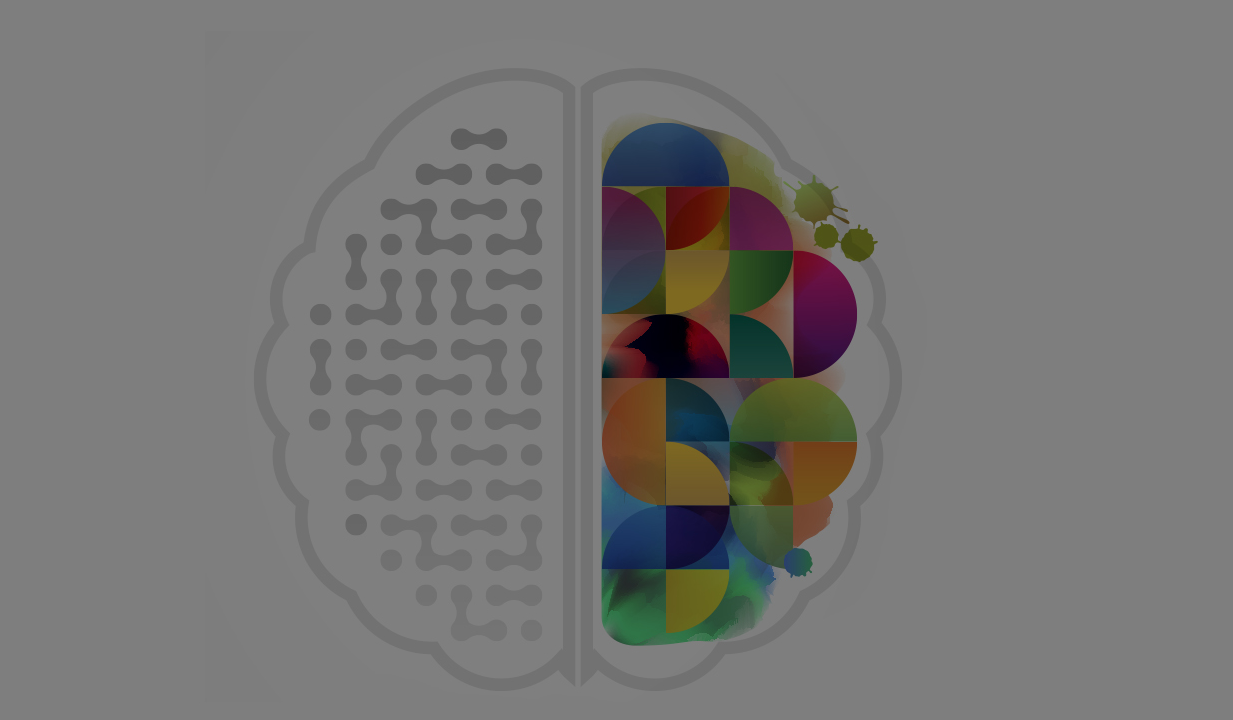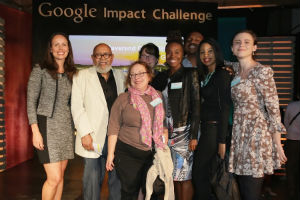It’s an undeniable fact: The experience you create for donors is directly tied to your ability to retain and upgrade them. According to a recent study by Bloomerang, 46 percent of lapsed donors cited they stopped giving because the organization failed to provide a meaningful experience. Today’s donors want to feel recognized, heard, and valued. They want the same kind of personal and relevant experience they get from other brands on a daily basis.
However, creating that kind of donor experience involves more than just assessing a donor’s wealth and giving history. It also involves creating a complete picture of who they are and how they are engaging with your organization.
The methods of engagement was the topic of a session “The Art and Science of creating meaningful experiences at scale for your high value donors,” presented by Hilary Noon, senior vice president, insight, analytics, and experience at Pursuant and Bente Weitekamp, vice president of development at the Community Health Network Foundation in Indiana during the 2018 Bridge To Integrated Marketing Conference.
For some organizations, that might be understanding your donors’ connections to the mission or understanding when your last point of connection was or how they were impacted by your organization. Described below are a few ways your organization can build more meaningful relationships with your donors by applying what you learn from “listening” to them, according to Noon and Weitekamp.
* Dig Into All of Your Data Sources: Look at all of the data and insights you have about your donors — including information that lives outside of the development department or a structured system. This might include determining if and how they benefited from your organization, event registrations, marketing activity, etc. Tap into anecdotal feedback from your staff and volunteers on the front line who interact regularly with your donors.
Look at online behavior. What are they clicking on? What content are they consuming? What sites are they coming from before they arrive at your page? Where are they going next?
Using data to find out everything you can about your donors enables you to provide them with an experience that is tailor-made to their specific passions and interests.
* Capture Motivations And Preferences Through Primary Research And Social Insights: One of the simplest ways to listen to your donors is to ask them. There are many mechanisms for doing this including surveys, focus groups and social listening. Surveys that ask donors why they gave, and how and when they’d like to hear from you ensures you’re not bombarding them with information they don’t care about and allows you to avoid wasting money. This is most effectively done as close to a transaction as possible. Just be sure you clearly communicate why you are asking for their feedback and how it will be used. Help them see what is in it for them.
While it might seem like giving donors’ the option to choose how and when they hear from you is giving up control, it often leads to greater response rates and increases the likelihood that the donor will feel more connected with your organization’s brand.
Using a social media monitoring or listening tool will provide insight into what people are saying about your organization, the volume of the buzz and the sentiment associated with your brand. Conversations about specific events or programs that your organization hosts can provide great insights into the experiences people are having and where improvements can be made. Keep in mind that social media is often where people go to share opinions in the extreme so use these tools along with the other tools mentioned to give you a more balanced view.
These tools can give you an important view into the hearts and minds of your donors. The key is to use the information you capture to improve the donor’s experience.
* Create Immersive Experiences That Drive Engagement: Immersive experiences are difficult to offer to all donors. Digital fundraising provides nonprofits with a new opportunity — at scale — to not only engage donors, but “listen” to them based on how they respond and interact.
For organizations that are fortunate to have a bricks and mortar presence, such as a hospital, a school or an arts organization, immersive experiences can be delivered in person. Today, every organization has the opportunity to create similar experiences through an interactive digital campaign that unlocks why donors care about your cause.
It isn’t as easy as simply putting an experience online, however. Gather what data and insights you have about your donors from listening to them and then map out the kind of experience that would be most meaningful to them. Be open to continuously refining and improving upon it as you go forward.
Where and how to start
Before you set out to build a listening program, determine which donors are highest priority to focus on. Prioritizing will allow you to go deep with one segment and improve the likelihood that you will create a relevant experience that will drive results.
The speakers suggested zeroing in on a specific aspect of your priority donors’ experience. Choose something that is meaningful to your organization and where you are most likely to have an impact. Consider choosing an experience that is led by a colleague who really supports your desire to focus on the donor experience. Having a champion for your work will make the whole effort more enjoyable and will improve the likelihood that you will see positive results.
Transform the Donor Experience
Developing an exceptional experience isn’t just a “nice” thing to do for your donors. It’s one of the leading influencers in their desire to give again. It’s what transforms “transactional” fundraising, where you’re primarily soliciting donations with every touch, into a long-term “transformational” relationship-building approach to fundraising.
Taking the time to consider how your organization can leverage analytics and insights to create a more an intentional and meaningful experience will pay off… for your donors AND your organization.










